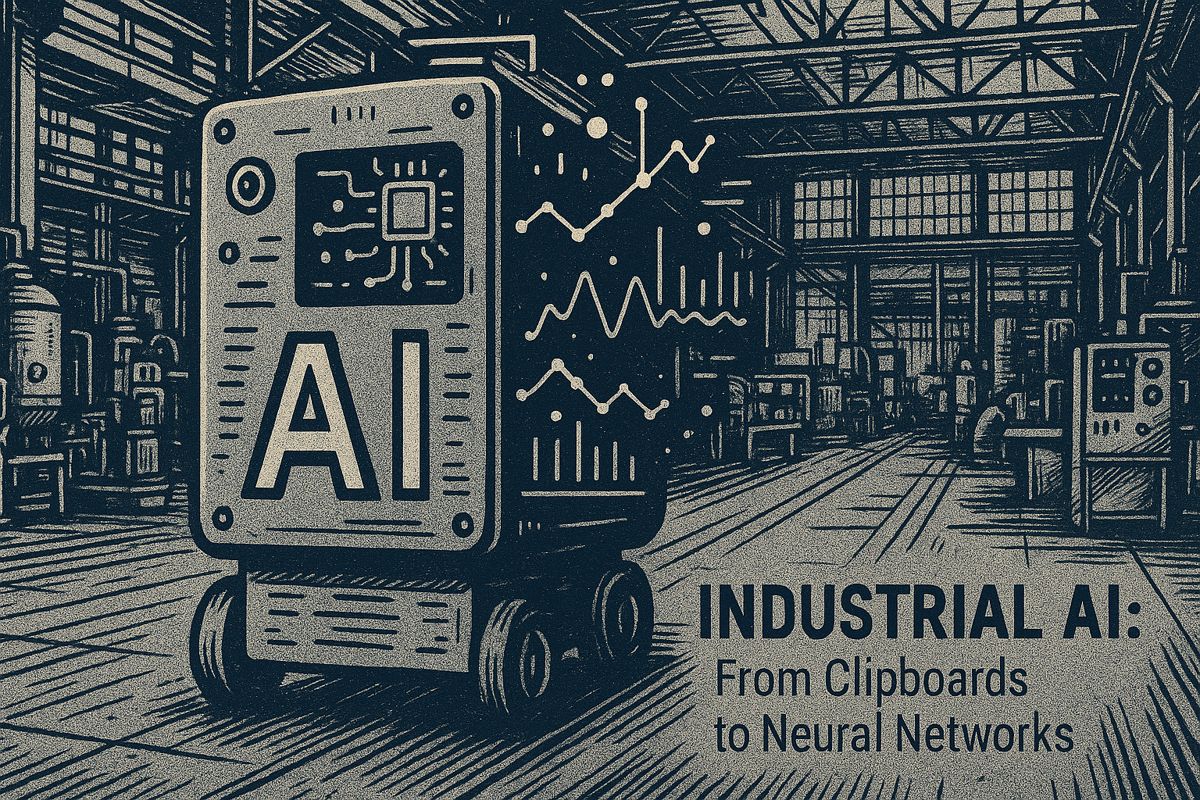AI data centers in America are growing super fast and using a lot more electricity, which is expected to more than double by 2035. This huge jump in power needs is making people invest more in new kinds of energy, like advanced nuclear and geothermal, and building better batteries to store power. Big tech companies like Google and Microsoft are finding new ways to get clean energy all day and night for their data centers. However, old power lines and not enough fuel or land are slowing things down. The race is on to find enough clean, steady electricity for all these new AI centers.
How are AI data centers impacting America’s energy landscape?
AI data centers are dramatically increasing electricity demand in the U.S., projected to more than double by 2035 – from about 35 GW in 2024 to 78 GW. This surge is driving investment in advanced nuclear, geothermal, and long-duration storage, while power infrastructure becomes the main growth bottleneck.
AI Data Centers Are Reshaping America’s Energy Landscape
The explosion of artificial intelligence workloads is triggering a once-in-a-generation build-out of power-hungry data centers across the United States. According to BloombergNEF, national data-center electricity demand is projected to more than double by 2035, rising from ~35 GW in 2024 to 78 GW – equal to adding the entire peak load of California and Texas combined about.bnef.com/insights/commodities/power-for-ai-easier-said-than-built.
| Metric | 2024 Actual | 2035 Scenario |
|---|---|---|
| U.S. data-center capacity | ~35 GW | 78 GW |
| Share of total U.S. load | ~3 % | 8.6 % |
| Avg. hourly energy demand | ~1.8 TWh/day | 5 TWh/day |
Why This Matters for Nuclear, Geothermal and Storage
The same growth is breathing new life into sectors that struggled for years under high interest rates and long permitting timelines.
- Advanced nuclear – DOE’s $900 million SMR program is targeting late-2020s deployment of Gen-III+ light-water reactors, with the first 300 MWe BWRX-300 unit already under NRC review by TVA at Clinch River www.ans.org/news/2025-03-26/article-6894/smr-doe-doene-oecd-small-modular-reactors-light-water-reactors.
- Enhanced geothermal – First multi-tens-of-MW EGS pilots are scheduled for late-decade operations, offering firm 24/7 renewable power co-located with data-center clusters.
- Long-duration storage – 8–100+ hour batteries are being evaluated to firm variable renewables while new interconnections are built.
How Hyperscalers Are Locking in Power
Google, Microsoft and Amazon have shifted from annual renewable certificates to hourly-matched, location-specific 24/7 carbon-free energy agreements.
- Fusion offtakes – Microsoft signed a world-first fusion power purchase agreement with Helion, targeting first electrons by 2028 campuspress.yale.edu/newgen/hyperscalers.
- Hydrogen fuel cells – Microsoft demonstrated 48-hour rack-scale hydrogen backup to replace diesel gensets, enabling cleaner on-site power for AI campuses.
- Grid-interactive demand – Automated workload shifting and curtailment shave peak grid imports, cutting interconnection upgrade triggers.
Bottlenecks That Could Delay the Boom
| Constraint | Impact |
|---|---|
| Interconnection queues | 5–7 year delays on high-voltage lines |
| Substations | Multi-year transformer and feeder upgrades |
| HALEU fuel supply | Limited availability for advanced SMRs |
| Water & land | Competition with residential and agriculture |
Independent studies warn that power infrastructure – not GPUs or capital – is now the primary bottleneck for AI campus build-outs about.bnef.com/insights/commodities/power-for-ai-easier-said-than-built.
What This Means for 2025–2030
- Siting first: Hyperscalers increasingly choose locations with existing firm clean power or fast-track utility partnerships.
- Behind-the-meter generation: Private wires, on-site turbines and fuel cells are deployed to bypass congested public grids.
- 24/7 CFE credits: Long-term PPAs bundled with storage become a competitive differentiator for AI service providers.
The race is on to secure multi-gigawatt blocks of carbon-free electricity before the next wave of AI models is trained.
How much electricity does a single large AI data center actually use?
One facility can consume as much power as a small city. By 2035, total U.S. data-center demand is projected to more than double from roughly 35 GW (2024) to 78 GW, according to BloombergNEF. That would push data centers to 8.6 % of the entire national load – up from under 4 % today.
Why are nuclear and geothermal suddenly the hottest tickets in energy finance?
For two decades these sectors battled high interest rates and slow permitting. Now the hyperscaler rush for 24/7 carbon-free baseload has revived their investment theses overnight. Advanced nuclear (SMRs) and enhanced geothermal are valued precisely because they deliver consistent, dispatchable, carbon-free electricity at multi-gigawatt scale, often faster than the grid can expand.
What is blocking new AI campuses more than chips or capital?
Power infrastructure – not GPUs – is the primary bottleneck. Interconnection queues and transmission backlogs can stretch typical U.S. development timelines to ~7 years from concept to operations, BNEF notes. Developers increasingly skip congested grids by siting campuses next to existing firm generation or brownfield industrial sites.
Are hyperscalers just buying more wind and solar?
They are shifting to hourly-matched 24/7 carbon-free energy deals. Analysts point out that classic annual “100 % renewable” claims now have very limited remaining headroom; only hourly and spatially coherent purchases (Google’s 24/7 CFE model) retain physical reliability for AI loads.
Microsoft’s Helion fusion offtake and Amazon-backed geothermal pilots illustrate the pivot toward firm, clean resources that can ramp continuously alongside AI training and inference clusters.
How soon can SMRs or geothermal plants serve AI loads?
- Light-water SMRs (e.g., GE Hitachi BWRX-300): First U.S. deployment is targeting late 2028–2030 under TVA’s Clinch River application.
- Enhanced geothermal: Early commercial pilots aim for multi-tens of MW online by 2028–2030, with modular scale-out possible for co-located data centers.
Both technologies remain supply-constrained and execution-dependent, so widespread, gigawatt-scale supply is unlikely before 2030.



















